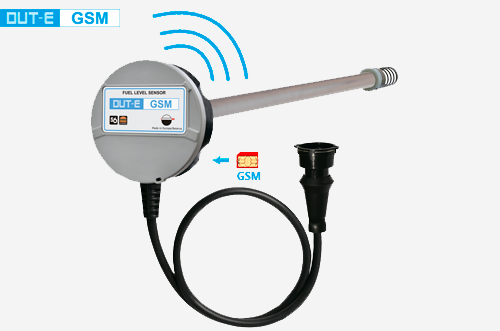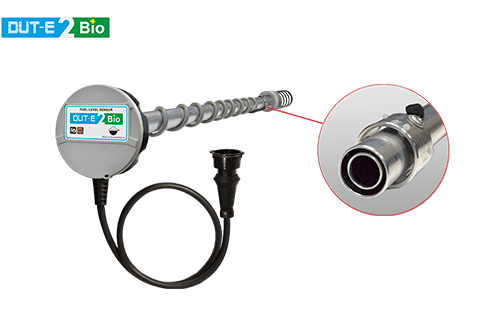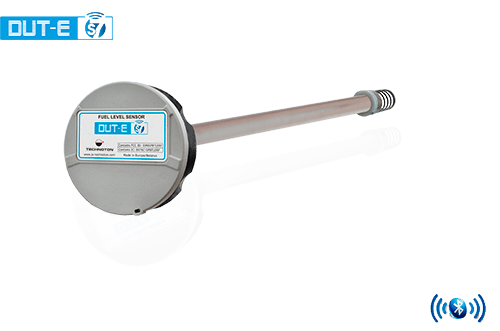Fuel level sensors
Wireless fuel level sensor
DUT-E S7 has the same purpose of use as DUT-E with cables, but wireless connectivity makes installation easier and quicker, allows to get data over BLE (Bluetooth Low Energy) simultaneously to several devices – telematics unit, smartphones, displays with Bluetooth – and eliminates risk of cable vandalism.
Accessories for installation of fuel level sensor
Frequently Asked Questions
The DUT-E fuel level sensor measures the fuel level and volume in the tank. Based on DUT-E readings, it is possible to determine the refueling volumes, the current fuel remaining, and the volumes of fuel drained from the tank.
The DUT-E fuel level sensor is used on commercial vehicles and heavy machinery equipped with one or more fuel tanks. Tank shape is not a limiting factor — since DUT-E has no moving parts, it can be installed in tanks with rectangular, cylindrical, or irregular geometries.
Typically, the DUT-E fuel level sensor is connected to a vehicle monitoring terminal or a telematics gateway, which transmits the data to cloud-based GPS tracking software. The cloud software generates reports on fuel refueling volumes, refueling locations, and fuel drain volumes (e.g., theft from the tank). This information enables prompt response to improper vehicle operation, as well as detailed analysis of fuel costs and operational efficiency for individual units and the entire fleet.
Not necessarily. The wireless DUT-E S7 fuel level sensor transmits data via Bluetooth to a smartphone application, while the DUT-E GSM — a 2-in-1 solution — can send information directly to cloud-based software via the Internet, as well as to the user’s smartphone via SMS and email.
DUT-E is a capacitive-type fuel level sensor consisting of an outer and an inner tube, with a dielectric liquid (e.g., diesel fuel) filling the space between them. This design, with no moving parts, allows DUT-E to be used in tanks of various shapes and enables easy adjustment of the measuring section’s length.
No, DUT-E measures only the fuel level and volume in the tank. It cannot directly measure fuel consumption or determine CO₂ emissions — these tasks are handled by DFM fuel flow meters.
The Technoton product line includes four types of DUT-E fuel level sensors, each with different functionality, but all offering the following advantages:
- Transmission of up to 25 parameters — providing highly detailed fuel tank monitoring.
- Easy installation on tanks of various heights — sensor length can be freely cut or extended on-site.
- High measurement accuracy — step of measurements 0.1 mm of fuel level, ±1% error margin, and temperature correction.
- Capability to build a multi-tank monitoring system — up to 32 DUT-E units in a single network using S6 Technology.
- Durable design — no moving parts, over 20 years on the market, quality control certified to ISO 9001.










